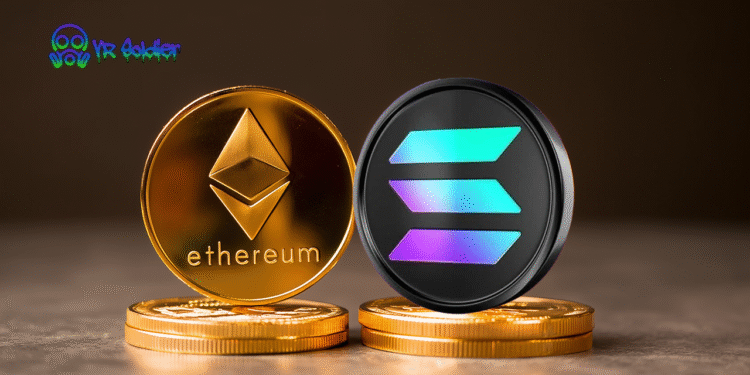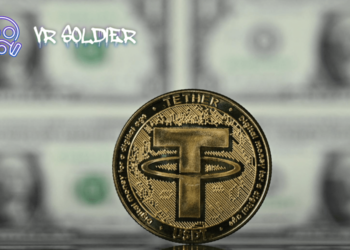New U.S. Rules Open Path for ETF Staking
The U.S. Treasury Department and Internal Revenue Service (IRS) have introduced new guidance that permits crypto exchange-traded funds (ETFs) to participate in staking without losing their tax status.
Published on November 10 as Revenue Procedure 2025-31, the update clarifies how staking rewards from proof-of-stake networks such as Ethereum (ETH) and Solana (SOL) should be treated for taxation and regulatory purposes.
The framework provides a “safe harbor” for ETF issuers, resolving one of the main legal uncertainties that had previously prevented traditional investment vehicles from earning blockchain-based yield.
What the Guidance Enables
Under the new rules, spot ETFs and similar trusts listed on regulated U.S. exchanges can stake digital assets via qualified custodians and distribute staking rewards directly to shareholders.
The staking income will be taxed as ordinary income only when investors gain control of the rewards, instead of at the trust level. This preserves the existing commodity-style tax structure used by Bitcoin and other crypto ETFs.
Issuers must publicly disclose staking activities, including operational risks such as validator downtime or slashing penalties, and continue to hold only cash and a single digital asset to qualify under the framework.
Analysts estimate that Ethereum ETFs could generate yields between 3% and 5%, while Solana-based funds could yield up to 7%, depending on validator performance and network participation.
Market and Investor Implications
The change is expected to make staking yields accessible to retail investors through traditional brokerage accounts, eliminating the need for self-custody or technical validator setups.
Industry analysts suggest that major asset managers such as BlackRock and Fidelity could soon update their ETF filings to include staking functions. Similar developments are expected for Solana and other networks as issuers explore expanded product lines.
The move also aligns the U.S. more closely with Europe and Asia, where several ETFs already integrate staking rewards, potentially making U.S.-listed products more competitive for institutional investors.
Internationally, regulators under frameworks like the EU’s MiCA are expected to review and potentially align their rules with the new U.S. standard, creating a more uniform global approach to staking-enabled financial products.











